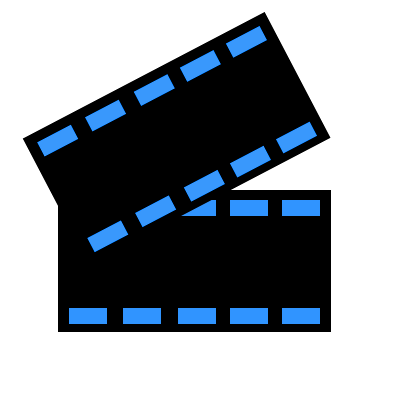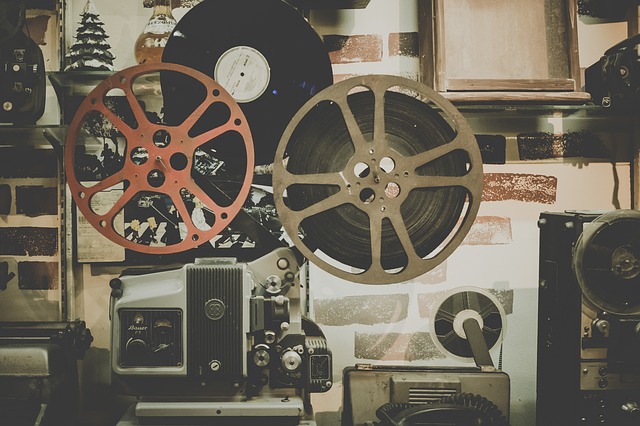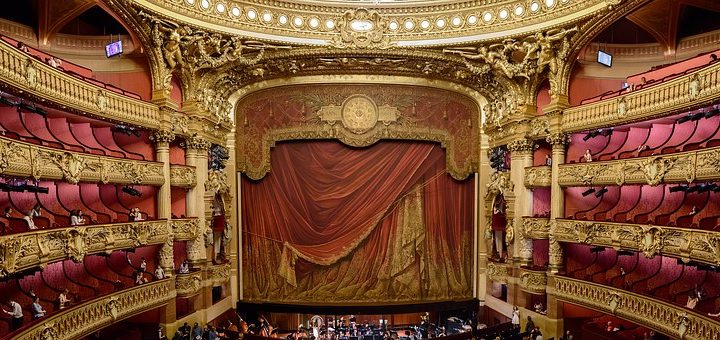On the cover of a news magazine, you observe a photograph, According to the grocery store. But it might not be exactly what it seems to be. New technology has created the chance to change photos, with quality and accuracy, at a method. Digital manipulation of photos is happening these days going undetected and without remark.

This technology is currently creating issues for both viewers and journalists. Many journalists are contingent in graphics and the words they convey and see themselves. By the identical token, audiences and readers utilize the media and rely to portray that planet. From the context of democracy, journalism fills a part that is very important: It is taxpayers get attention. It could throw a monkey wrench to the procedure that is democratic if Legislation loses the public’s trust.
Though some journalists dislike computer manipulation of photos, publishers and many editors tend to be pleased to benefit from their capacity to make the picture that is ideal – and maybe sell a few more magazines or papers. If only it were possible to make cameras do a lie detector test uk to test their authenticity. A lot of photos now are not natural per se.
Until computers came together Changing photographs wasn’t so simple. There was another wake when Time magazine darkened an image of O.J. Simpson on its own cover, and when Newsweek digitally piled the teeth of the mother of septuplets. It does not look like an advertisement! A reader? The picture was really a combination. On March 31 the picture ran on the front page of this Times, in Addition to at the Chicago Tribune along with the Hartford Courant.
This new technology shouldn’t be perceived as a new permit to lie, but instead as a new chance to eventually tell the truth: Pictures will be never objective.
Consider it. The very nature of photography — that the instantaneous capture of pictures captured by light reflected onto picture — generates the illusion a photo is an objective record. After thousands of years of viewing the world about them portrayed through paintings, drawings, and sculptures, people were astounded by the photographs’ capability to represent individuals or objects having precision and the detail. The picture that sometimes seems more real than the thing it signifies, along with the procedure for substances reacting to light, provides a credibility and credibility to photography.
Since Joseph Nicephore Niepce took the picture almost two centuries past, widespread comprehension of the essence of photography has improved. People willingly give power, rather than understanding a picture to photos.
 A picture is consistently a decontextualized representation of fact recorded with a human being who creates aware and even unconscious decisions based on her or his cultural heritage, experiences and biases.
A picture is consistently a decontextualized representation of fact recorded with a human being who creates aware and even unconscious decisions based on her or his cultural heritage, experiences and biases.
Within a few years ago, magazine editor Fred Ritchin cautioned:”To be able to consider its potential role in society as well as the effect of new technology, it’s crucial to acknowledge that the photography is highly interpretive, ambiguous, and culturally unique, and profoundly reliant upon contextualization by text and design. ” For too long, too many media customers are laboring under the false premise that photos show the entire world”because it’s” since the camera allegedly never lies. This fantasy of objectivity has contributed to the power of photography . Given time, the tradition of manipulation will shed light.


 A picture is consistently a decontextualized representation of fact recorded with a human being who creates aware and even unconscious decisions based on her or his cultural heritage, experiences and biases.
A picture is consistently a decontextualized representation of fact recorded with a human being who creates aware and even unconscious decisions based on her or his cultural heritage, experiences and biases.


